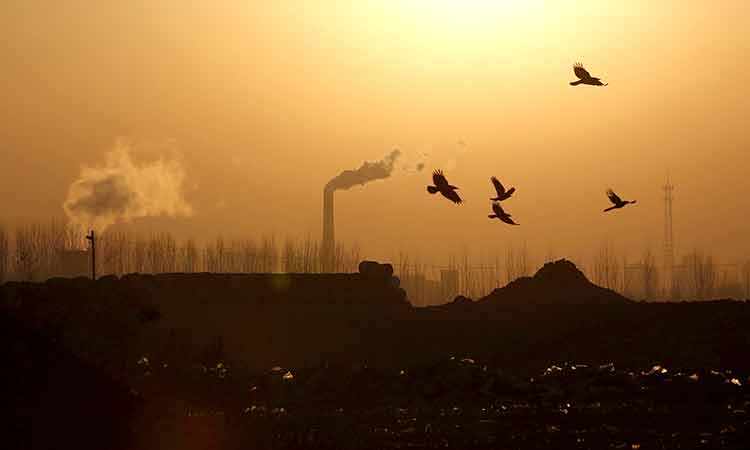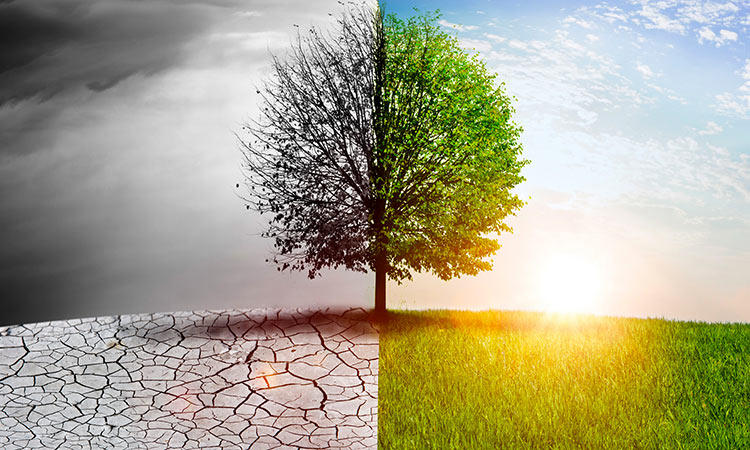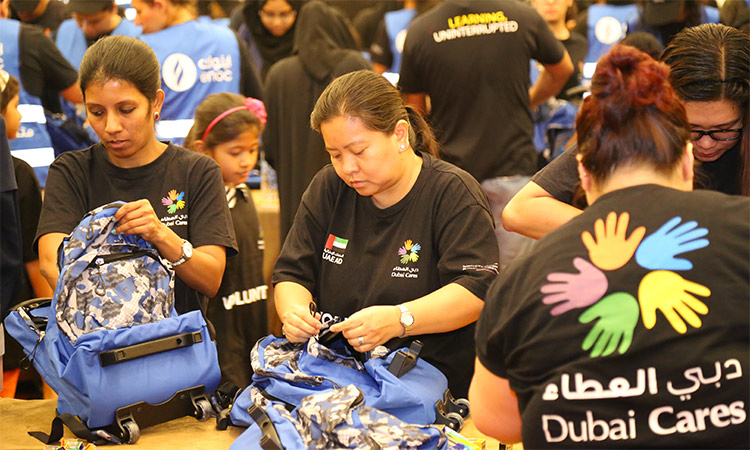55 million people internally displaced worldwide

Photo has been used for illustrative purposes.
Gulf Today Report
Conflict and climate disasters forced tens of millions of people to flee within their own country in 2020, pushing the total number of internally displaced people worldwide to a record high, monitors said Thursday.
READ MORE
89 still missing at sea after cyclone slams into India
Ceasefire still elusive in Israel-Gaza fighting
According to WHO 50 per cent dont seek mental health help despite needing it
Last year was marked by intense storms, persistent conflicts and explosions of violence, forcing 40.5 million people to become displaced within their countries — the highest number of new displaced in a decade — and raising the total figure to a record 55 million, according to a joint report by the Internal Displacement Monitoring Centre (IDMC) and the Norwegian Refugee Council (NRC).
This came despite strict restrictions on movement imposed around the globe in efforts to halt the spread of Covid-19, which observers had expected to push down displacement numbers last year.
That is the highest number of newly displaced reported in 10 years, and brings the total number of people living in internal displacement around the world.

"Both numbers this year were unusually high," IDMC director Alexandra Bilak said, saying the surge in internal displacement was "unprecedented".
The number of internally displaced people is now more than double some 26 million people who have fled across borders as refugees, according to AFP.
"It's shocking that someone was forced to flee their home inside their own country every single second last year," NRC chief Jan Egeland said in a statement.
"We are failing to protect the world's most vulnerable people from conflict and disasters."
Numbers may rise
Bilak said it was "particularly concerning that these high figures were recorded against the backdrop of the Covid-19 pandemic".
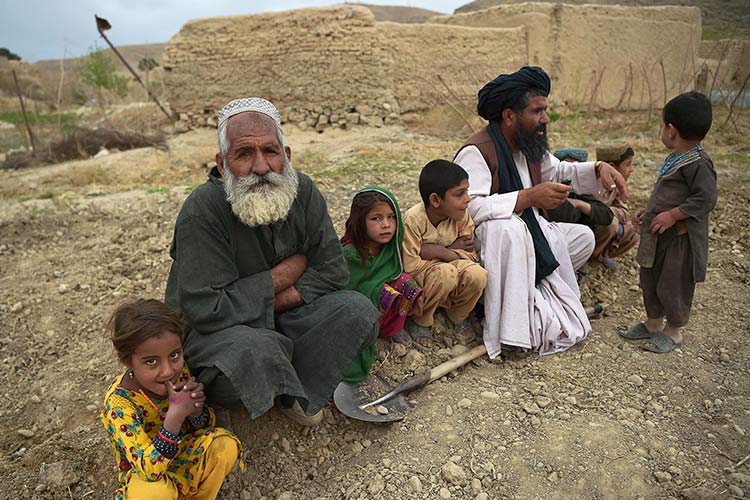
Pointing out that movement restrictions obstructed data collection and "fewer people sought out emergency shelters for fear of infection", she suggested the true figures were higher.
The pandemic had meanwhile exacerbated socioeconomic conditions for displaced people, she said, warning that "those numbers may rise even more as countries go down further into an economic crisis."
The report found that three quarters of people who fled internally last year were victims of natural disasters, in particular ones related to extreme weather.
Intense cyclones, monsoon rains and floods hit highly exposed and densely populated areas in Asia and the Pacific, while the Atlantic hurricane season "was the most active on record," it pointed out.
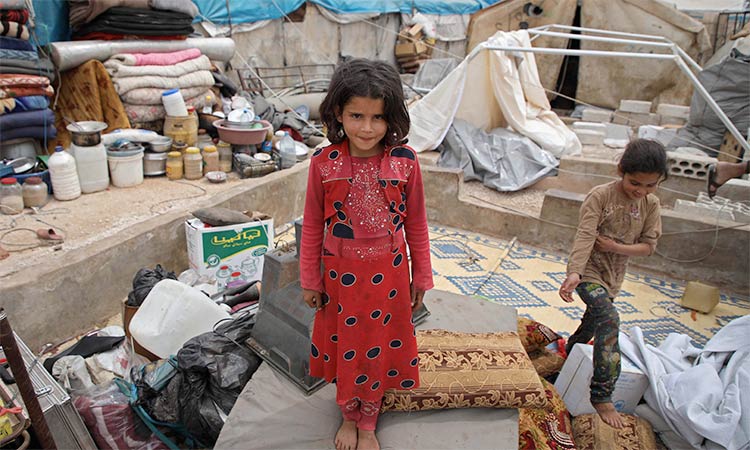
"Extended rainy seasons across the Middle East and sub-Saharan Africa uprooted millions more."
Climate impact
Experts say that climate change is increasing the intensity and frequency of such extreme weather events.
"We can only expect with the future impacts of climate change for these disasters to become more frequent and more intense, and therefore for the numbers of internally displaced people to grow," Bilak said.
In addition, nearly 10 million of those newly displaced last year were fleeing conflicts and violence, the report said.
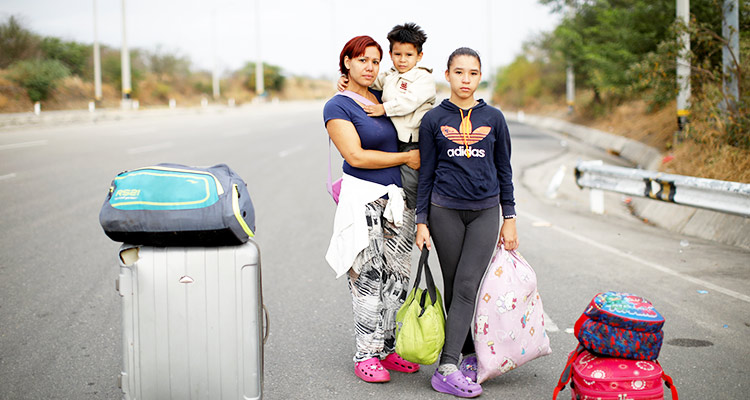
It added that escalating violence and the expansion of extremist groups in Ethiopia, Mozambique and Burkina Faso had fuelled some of the world's fastest growing displacement crises last year.
Drawn-out conflicts like those in Syria, Afghanistan and the Democratic Republic of Congo had also continued to force large numbers of people to flee.
Unlike disaster-driven displacement, which is usually short-lived as people return to rebuild damaged or destroyed homes once the storms have passed, conflict-fuelled displacement can last years.
All but seven million of the 55 million people living in internal displacement at the end of last year had fled conflict, the report said.
It also warned that a convergence of conflicts and natural disasters was making the problem worse, with 95 percent of last year's new conflict displacements occurring in countries vulnerable to the impacts of climate change.
"Climate change and the overexploitation of natural resources may aggravate instability and conflict, which in turn may trigger displacement."

